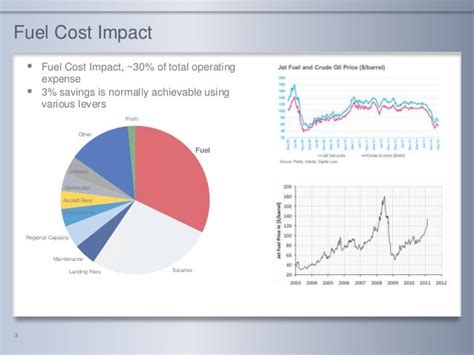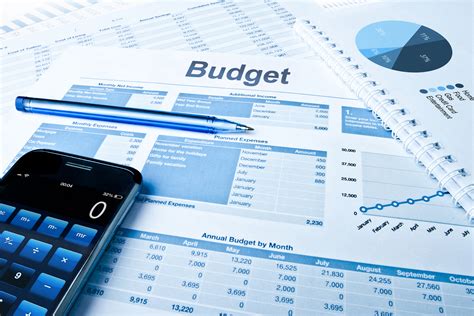The Undisputed Champion of Fuel Efficiency: Smooth & Anticipatory Driving
In the quest to stretch every gallon and keep more money in your pocket, countless tips circulate, from tire pressure to aerodynamics. However, if there’s one driving habit that stands head and shoulders above the rest in its impact on fuel efficiency and cost reduction, it’s the practice of smooth and anticipatory driving.
This isn’t just about gentle acceleration or light braking; it encompasses looking ahead, understanding traffic flow, and making subtle adjustments to avoid sudden movements. It’s about minimizing wasted kinetic energy and keeping your vehicle in its most efficient operating range.

The Science Behind the Savings
Every time you press the accelerator hard, your engine works overtime to rapidly increase the vehicle’s speed and overcome inertia. When you brake suddenly, that kinetic energy, which you just paid to create, is converted into wasted heat and dust at your brake pads. Smooth and anticipatory driving directly addresses these inefficiencies.
- Gentle Acceleration: Gradual acceleration allows your engine to operate at lower RPMs and within its most fuel-efficient zone, avoiding unnecessary fuel enrichment that occurs during heavy throttle input.
- Anticipatory Braking: By looking far ahead and anticipating stops or slowdowns, you can lift your foot off the accelerator earlier and coast, often allowing the engine to cut fuel supply (deceleration fuel cut-off) and use the vehicle’s momentum to slow down naturally. This minimizes the need for heavy braking, which saves fuel and reduces wear on your brakes.
Practical Tips for Mastering Anticipatory Driving
Adopting this habit requires a conscious shift in mindset, but the rewards are substantial. Here are key practices:
Look Ahead: This is paramount. Instead of focusing only on the car directly in front, scan several vehicles ahead. Watch for brake lights, turning signals, and traffic patterns further down the road. This gives you precious seconds to react smoothly.

Maintain a Safe Following Distance: A larger gap between your car and the one ahead provides more time to react to sudden changes, reducing the need for emergency braking and allowing for more gradual deceleration.

Smooth Starts and Stops: When starting from a standstill, accelerate gently. Imagine there’s an egg under your accelerator pedal. Similarly, when approaching a stop, gradually ease off the gas and let your car slow down naturally before applying the brakes lightly.
Beyond the Pump: Additional Benefits
The advantages of smooth and anticipatory driving extend far beyond just saving on fuel:
- Reduced Wear and Tear: Less aggressive acceleration and braking means less stress on your engine, transmission, brakes, and tires, leading to fewer maintenance costs and a longer lifespan for these expensive components.
- Safer Driving: By being more aware of your surroundings and maintaining greater control, you reduce your risk of accidents.
- More Comfortable Ride: Passengers will appreciate the smoother journey, free from jarring stops and starts.
- Environmental Impact: Burning less fuel naturally means fewer emissions, contributing to a cleaner environment.

Making it a Habit
Like any new skill, smooth and anticipatory driving takes practice. Start by consciously focusing on it during a portion of your daily commute. Soon, it will become second nature, and you’ll notice the difference in your fuel gauge and your wallet. It’s a simple, free adjustment to your driving style that yields significant, long-term returns.





